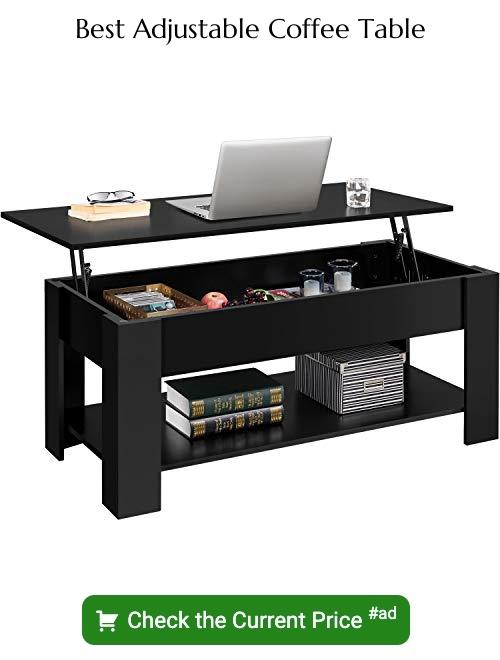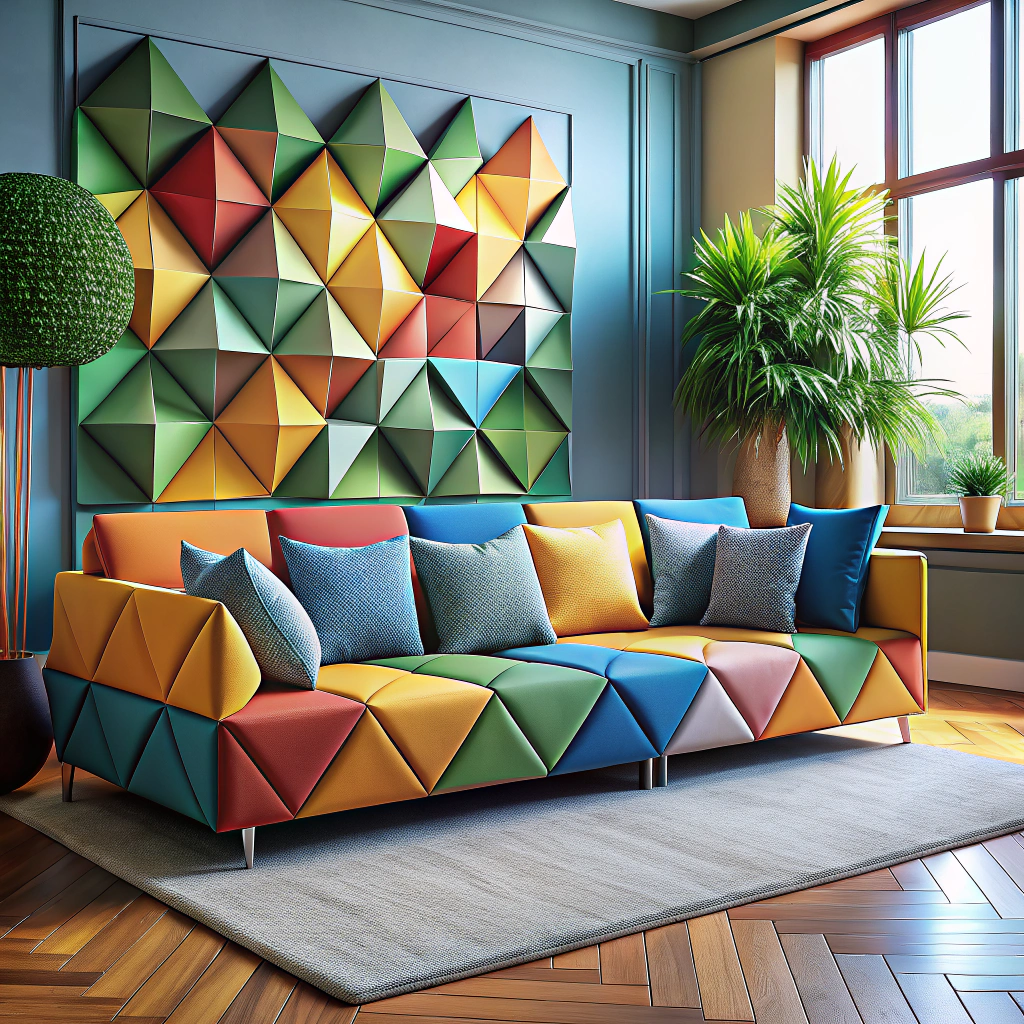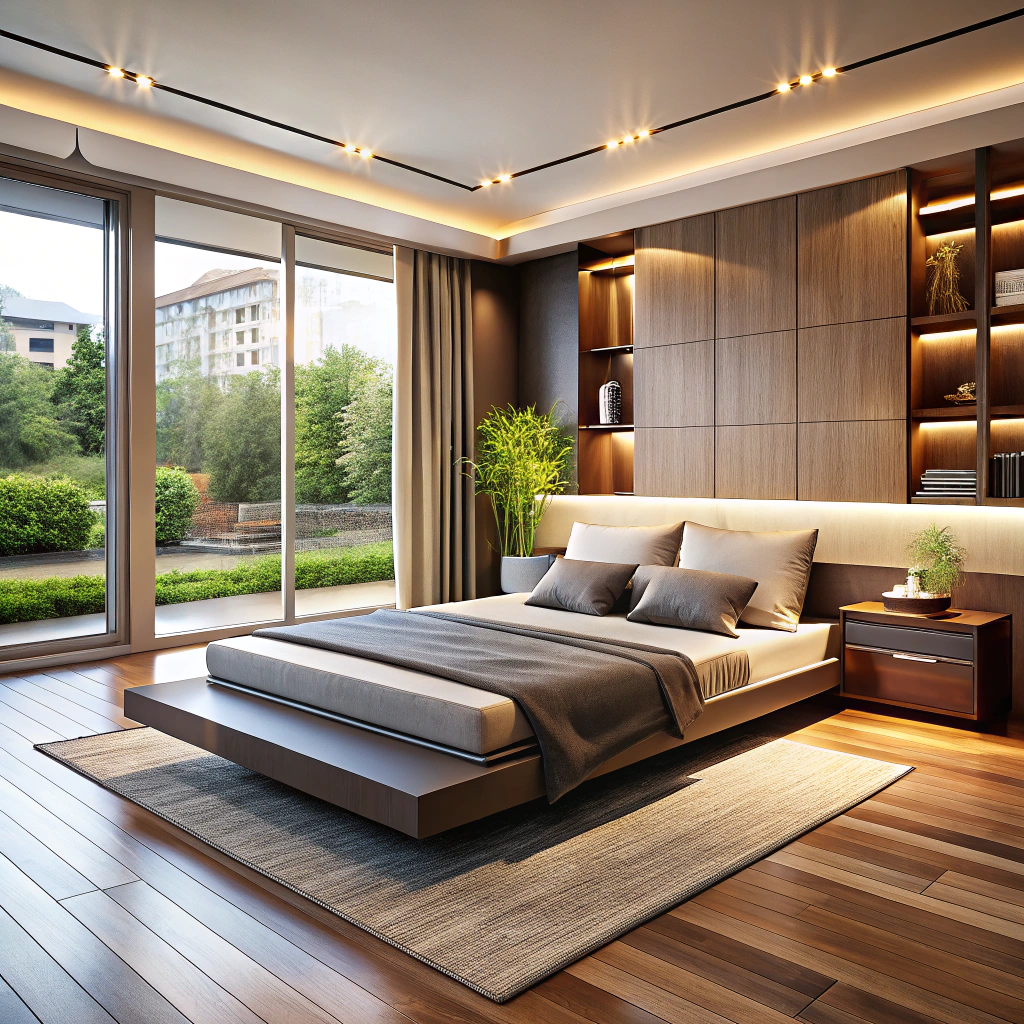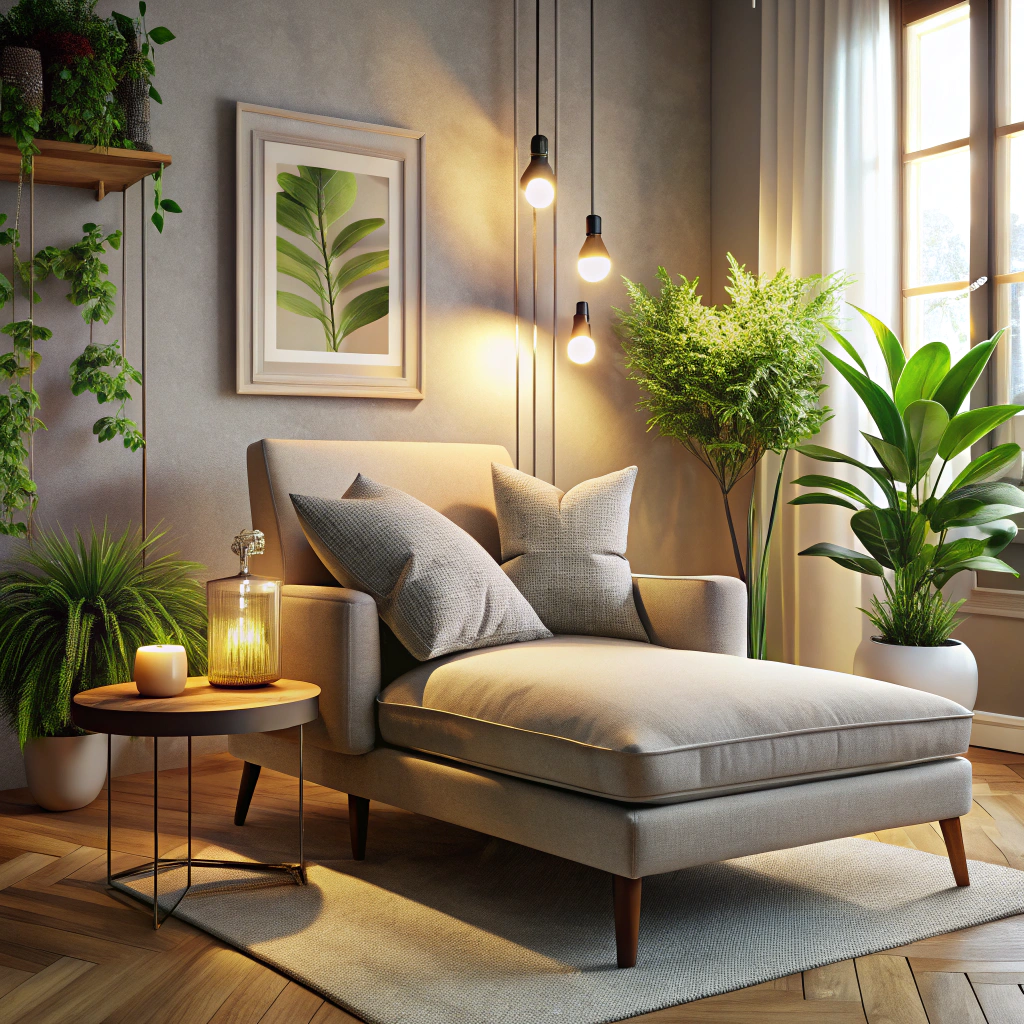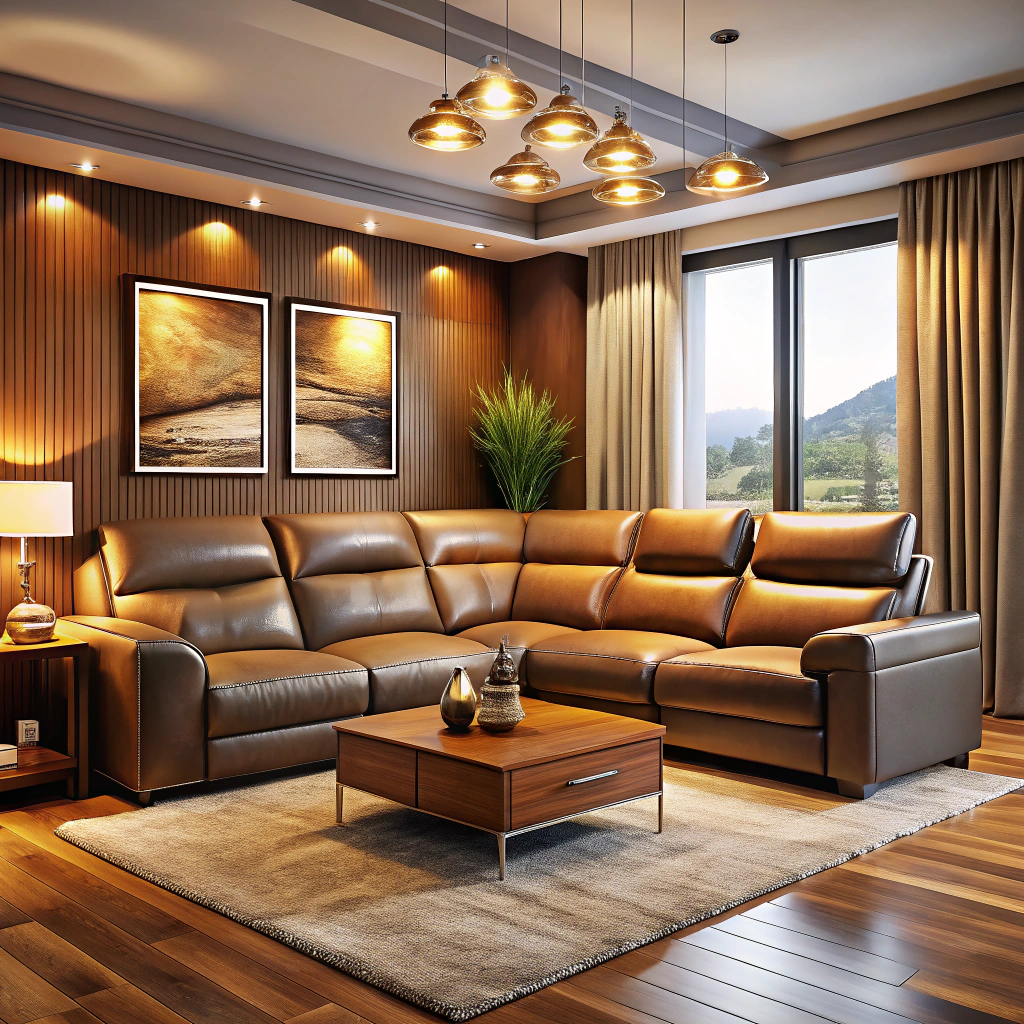Last updated on
Discover how to select the ideal coffee table height to complement your seating arrangement and enhance your living space’s functionality.
Key takeaways:
- Standard coffee table height: 16 to 18 inches.
- Low-profile tables: 12 to 14 inches for modern minimalist designs.
- Higher tables: 20 to 21 inches, functional for taller couches or dining/working.
- Consider proportions, functionality, room layout, aesthetic, and material.
- Coffee table should be 1-2 inches lower than sofa seat height.
Table of Contents
Standard Coffee Table Heights
The most common height for a coffee table is between 16 to 18 inches, matching the average height of a sofa’s seat cushion. This allows for easy access to drinks, books, or remote controls while maintaining a proportional look.
Low-profile tables, typically around 12 to 14 inches tall, cater to modern minimalist designs and pair well with low-slung furniture.
On the higher end, some tables reach up to 20 to 21 inches and are particularly functional next to taller couches or for those who prefer their table to double as a spot for dining or working.
It’s essential to balance functionality and aesthetic when selecting the height, ensuring both comfort and design cohesion.
Key Factors to Consider When Choosing a Coffee Table
When selecting the perfect coffee table for your space, consider these important elements to ensure functionality and style harmonize with your living area.
1. Proportions: Balance is key. The table should be two-thirds the length of your sofa to create a pleasing visual proportion.
2. Functionality: Think about how you’ll use the table. Will it be just for display, or do you need storage for remotes and magazines? Your usage dictates the style and features you should look for.
3. Room Layout: The table must fit comfortably in the space. Leave enough room to walk around it easily – typically, 18 inches between the table and seating works well.
4. Aesthetic: Choose a table that complements your room’s decor. Whether you’re aiming for a classic, modern, or eclectic look, the table should enhance your design scheme.
5. Material: Consider durability and maintenance. Glass tops accentuate space but show fingerprints. Wood can be sturdy but may require more upkeep.
6. Height: The ideal height is one to two inches lower than the seat height of your sofa to create a comfortable reach.
By incorporating these factors, you’ll find a coffee table that not only looks great but also meets all your living room needs.
Height in Relation to Sofa
To harmonize your living space and ensure functional comfort, the top of your coffee table should align roughly with the seat cushions of your sofa or be slightly lower. Typically, this means choosing a table that’s no more than 1-2 inches shorter than the sofa seat height. This height not only balances the proportions of the room, but it also facilitates easy reach for drinks, books, or remote controls.
If your sofa has an unusually low or high seat, consider a table that corresponds to maintain this ergonomic guideline. For sectional sofas with a chaise component, ensure the table’s height doesn’t obstruct the view from other seating areas. Remember, maintaining a height consistency creates a seamless line of sight and contributes to a well-proportioned living space.
Tips for Choosing the Right Coffee Table
When selecting the perfect coffee table, remember that functionality should marry aesthetics. Here’s what to keep in mind:
- Proportion: Scale the table to your room size and surrounding furniture. A good rule of thumb is to pick a table about two-thirds the length of the sofa.
- Clearance: Aim for about 18 inches of space between the table and your sofa or chairs to ensure easy movement.
- Balance: Choose a height that is level with, or one to two inches lower than, the seat of your sofa for a pleasing visual balance and practical use.
- Usage: If your table will frequently serve as a dining surface or desk, consider a slightly higher model for comfort.
- Material and Style: Think about your lifestyle and maintenance preferences. Glass looks elegant but requires regular cleaning, while wood offers warmth but may be prone to scratches.
- Storage: Tables with shelves or drawers can help minimize clutter, especially in smaller living spaces.
Ensuring these elements align with your needs will make your coffee table both a focal point and a functional piece of your living space.
Common Coffee Table Mistakes and DON’Ts
Opting for the wrong scale is a typical error. Even with the correct height, a coffee table that’s too large or too small in relation to your sofa can disrupt the balance of the room. Ensure that your table is two-thirds the length of your sofa for a harmonious look.
Ignoring clearance space can lead to a cramped or awkward room. Maintain about 18 inches between your coffee table and other seating. This allows for easy movement while keeping everything within reach.
Choosing style over function might tempt you, but consider your lifestyle. A beautiful, low-profile table may look chic, but a higher one could be more practical if you often dine in front of the TV or need a comfortable height for work.
Forgetting about the room’s flow can be a critical oversight. If you have to maneuver around the table frequently, it could be too high or bulky for your space. Double-check the height doesn’t obstruct any views or paths.
Lastly, not considering the users’ height can render a table uncomfortable. If your household is tall, a slightly taller table might be more comfortable, while a shorter one could serve a petite family better. Assess the heights of all potential users before making a decision.
